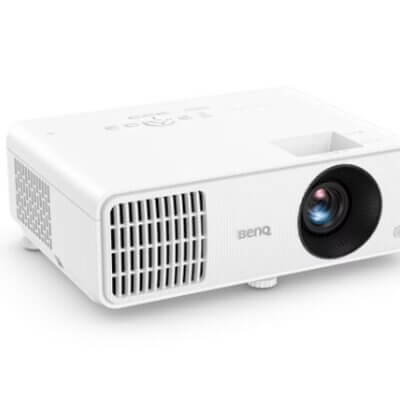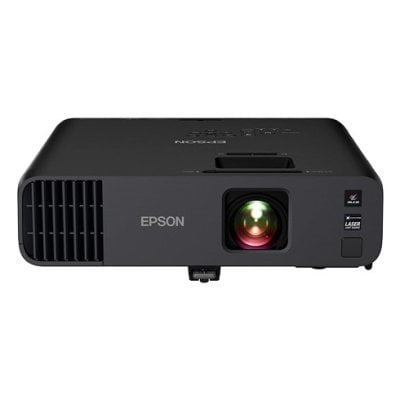In the world of projectors, there are various technologies vying for attention, each promising exceptional image quality and performance. Two prominent contenders in this arena are ALPD (Advanced Laser Phosphor Display) laser and Tri-Color laser projectors. Both boast impressive features, but understanding their differences is crucial in making an informed decision. Let’s delve into the intricacies of each technology to shed light on which might suit your needs best.
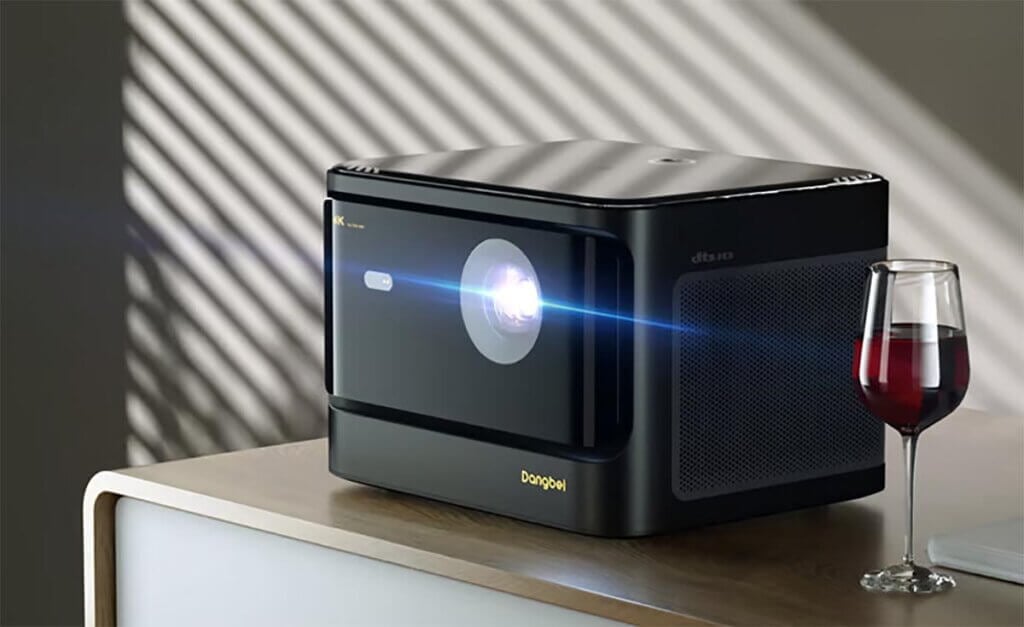
ALPD Laser Projection
ALPD laser projectors utilize laser diodes combined with phosphor wheels to create images. This technology offers several advantages, including:
- High Brightness: ALPD projectors are known for their remarkable brightness levels, making them ideal for use in well-lit environments or large venues.
2. Longevity: Laser diodes used in ALPD projectors have a longer lifespan compared to traditional lamp-based projectors, reducing maintenance costs and downtime.
3. Color Accuracy: ALPD technology delivers vibrant and accurate colors, thanks to its precise color reproduction capabilities.
Among them, the Dangbei Mars series projectors use advanced ALPD laser technology to provide clear and vivid images for home theater.
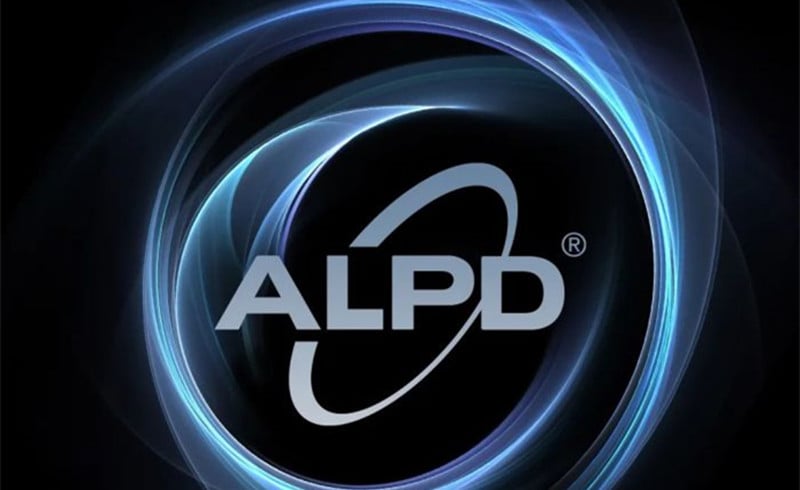
Tri-Color Laser Projection
Tri-Color laser projectors, as the name suggests, utilize three primary laser colors (red, green, and blue) to produce images. Here are some key features:
- Wide Color Gamut: Tri-Color laser projectors boast a wide color gamut, ensuring rich and lifelike colors in every frame.
- Energy Efficiency: By combining three primary colors, Tri-Color laser projectors can achieve high brightness levels while maintaining energy efficiency.
- Versatility: These projectors are versatile and suitable for various applications, including home theater setups, gaming, and professional presentations.
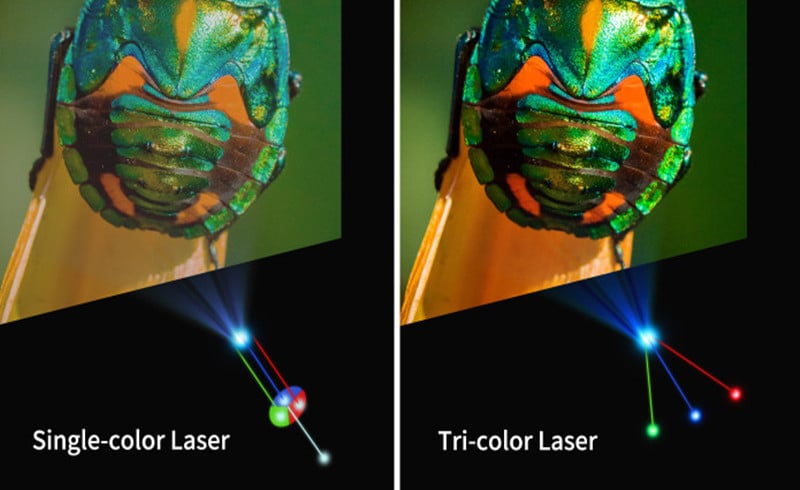
Key Differences between ALPD Laser and Tri-Color Laser Projectors
While both ALPD and Tri-Color laser projectors offer impressive performance, there are notable differences between the two:
- Color Reproduction: ALPD projectors excel in color accuracy and consistency, making them ideal for applications where color fidelity is paramount. On the other hand, Tri-Color laser projectors prioritize a wide color gamut, offering vibrant and saturated colors.
- Brightness Levels: ALPD laser projectors typically offer higher brightness levels compared to Tri-Color laser projectors. This makes ALPD projectors suitable for environments with ambient light or large venues where a bright image is essential.
- Application Focus: ALPD laser projectors are often favored for professional settings such as boardrooms, lecture halls, and auditoriums due to their exceptional color accuracy and brightness. Tri-Color laser projectors, on the other hand, cater to a broader range of applications, including home entertainment and gaming.
Conclusion
In conclusion, both ALPD laser and Tri-Color laser projectors have their unique strengths and applications. ALPD technology excels in color accuracy and brightness, making it ideal for professional settings where image quality is paramount. Tri-Color laser projectors offer a wide color gamut and versatility, making them suitable for a variety of applications, including home entertainment and gaming. Ultimately, the choice between the two depends on your specific requirements and preferences.
By understanding the differences between ALPD laser and Tri-Color laser projectors, you can make an informed decision and choose the technology that best suits your needs. Whether you prioritize color accuracy, brightness, or versatility, both options offer exceptional performance in the world of projection technology.
Related Readings:



